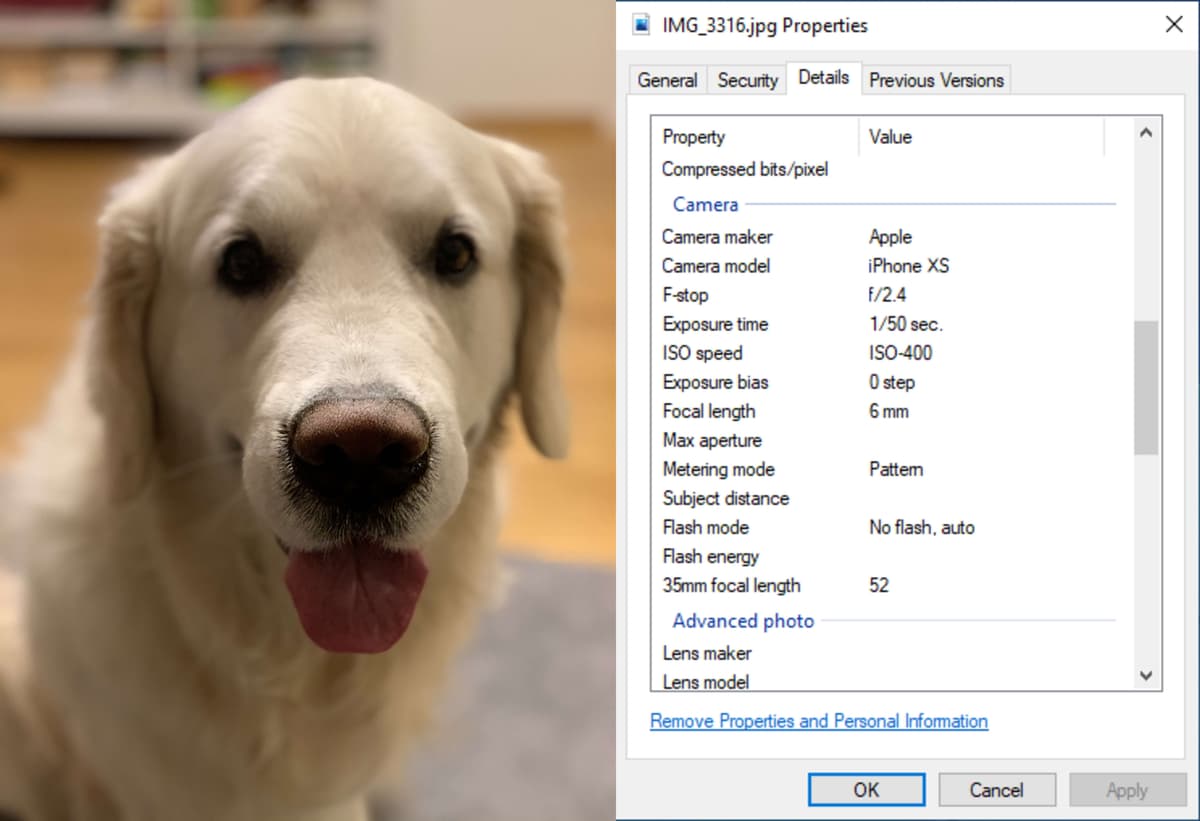What is reverse image search?
These days, the phrase reverse image search is thrown around often. This term is used when talking about Instagram, Facebook, Pinterest and other social networks. But what exactly is reverse image search? How does it work? And most importantly, where is it used?
How reverse image search works?
By technical definition, a reverse image search is a content-based image retrieval technique – or CBIR. It describes the process of inputting an image that is suspected to be stolen and scouring the internet based on that picture.

Most common way CBIR works is through fingerprinting. Just like the human finger has completely unique fingerprints, so does each and every single image. It’s highly unlikely that two images will have the exact same configuration of pixels – even if taken at the same place, same time of day, with same people and props in it.
Such uniqueness is what reverse image search algorithms take advantage of. They consider the colour histogram, texture map, Fourier Transform and other information in search of a match. To explain a little better, a Fourier Transform is a way of reducing images into basic sine and cosine.
Algorithms even track the possible cropping, rotating or blurring of the image in order to determine if the picture is the same one as the input. That is how unique each picture can be. Even intentional alterations won’t help in getting away with theft.
A less common way of CBIR is to track unique pictures by encoding their fingerprints and storing them in a database. What this type of algorithm does is compare what they call an image distance. That is a process of comparing how close the picture is to an indexed one in their database. The aim is to find the distance as close to zero as possible. That’s when the result means an assured positive match.
Reverse image search helps to find stolen images
The main source of work for reverse image search engines are social networks. They are a prime ground for image theft. Intellectual property theft – which all unauthorised image use is - comes in various forms:
Reposting images without permission or attribution.
Cropping out, blurring or altering images.
Applying filters and other built-in tools.
To fully showcase the scale of image theft, here are some astonishing numbers. In total, there are 1.8 billion pictures uploaded to ALL social networks daily. Yet, there are 2.6 billion instances of image theft. Just on Instagram, there are approximately 100 million daily uploads. Even 1% of that as theft is a huge number.
Copyseekers has joined other engines with our advanced fingerprinting technique. Our algorithm scours the entire web, looking for your stolen property. We offer this service for free, so anyone can take control of their intellectual property. More than that, it’s also possible to report IP theft through Copyseeker. This gives all social media users an advantage over thieves, with fast reverse image search and comprehensive reporting.
Take advantage of modern fingerprinting technologies. Don’t let your hard work benefit others. Seek the copy of your work with Copyseeker.
Latest Blog Posts

Reverse image search - things you should know
Dive into the intriguing world of reverse image search. This guide illuminates its mechanics, benefits, and myriad applications. Learn how it empowers digital investigation, from validating image origins to discovering visually similar content.

EXIF Data: Understanding, Finding, Using, and Removing It
EXIF is the data from camera settings stored in an image file. This data includes settings like shutter speed, max aperture, ISO, white balance, camera model and make, flash mode, metering mode, focal length, and more.
How to Reverse Image Search on iPhone?
Reverse image search is a valuable tool for finding the original source of an image, verifying its authenticity, or discovering similar images. This article will walk you through the process of performing a reverse image search on your iPhone.
Why Copyseeker still the best reverse image search engine?
As the landscape of reverse image search engines continues to evolve, one platform consistently outshines its competitors – Copyseeker. In 2022, it was recognized as the best, and it has only upped its game since then.